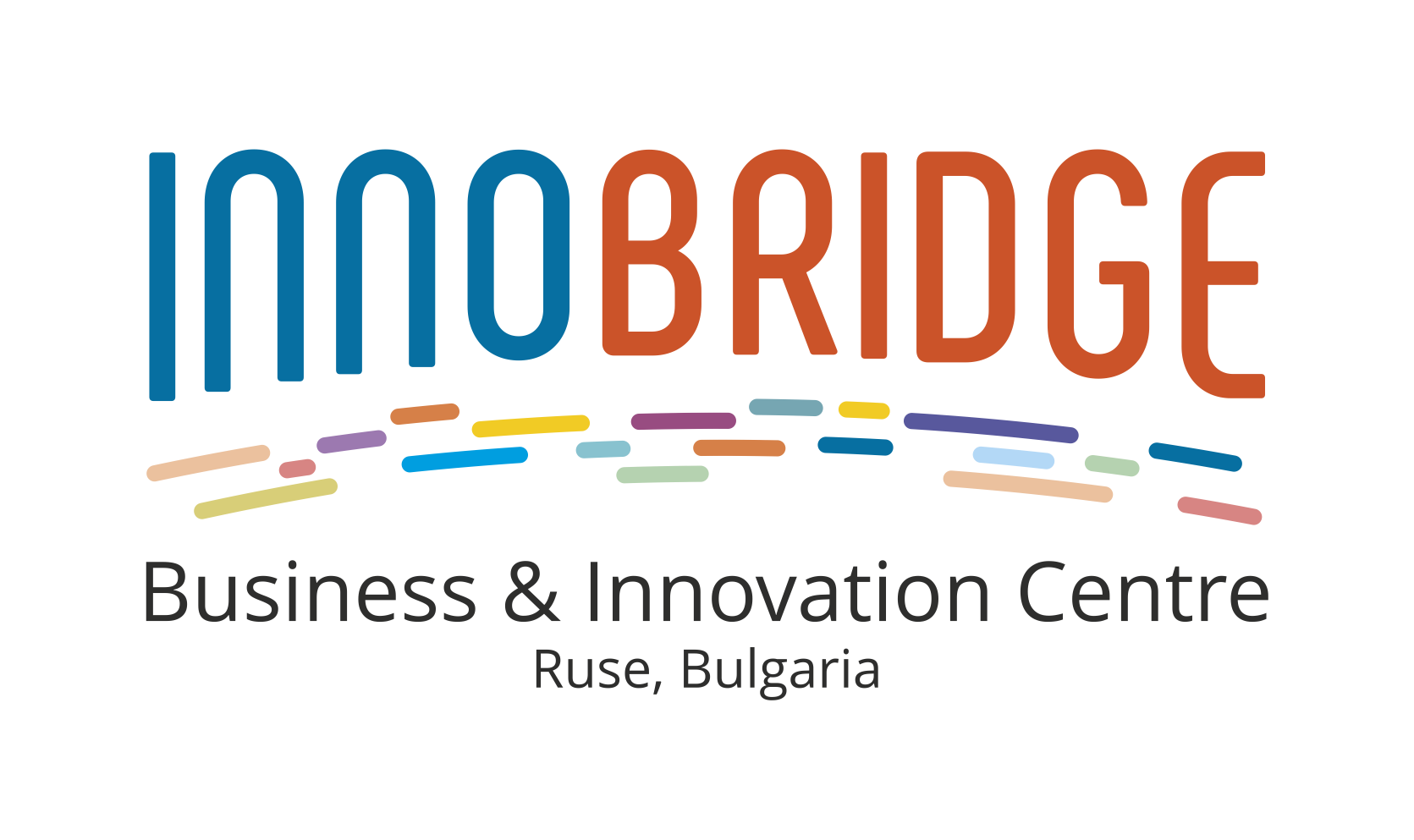Psychology of Trust: How to Engage Customers in the Digital Age
In the digital age, where information is available at the click of a button, building trust between businesses and customers is more important than ever. Trust not only influences purchasing decisions, but also plays a key role in long-term customer relationships. In this article, we’ll look at how to engage customers using the psychology of trust, with a focus on practices that work and those to avoid.
1. Transparency and communication
- What to do:
Transparency is a fundamental principle in building trust. Customers want to know what they are getting. Businesses that openly present information about their products or services create realistic expectations and avoid disappointment. For example, companies that clearly explain the benefits and limitations of their offerings succeed in building strong trust.
Provide clear information: Avoid ambiguity and complex terms. When customers understand what they are getting, they are more likely to trust.
Be active on social networks: Social platforms offer the opportunity for direct communication. Responding to inquiries and actively participating in conversations show engagement.
- What to no we do:
Don't hide information: Attempts to cover up shortcomings or problems can lead to a loss of trust.
Don't ignore customer inquiries: Lack of answers can leave an impression of disinterest.
Example: Companies like Patagonia They actively communicate their sustainable practices, even highlighting areas where they need improvement. This behavior shows sincerity and increases trust.
2. Consistency in branding and messaging
Consistency plays an important role in building trust. When a company maintains a consistent tone, messaging, and vision, customers feel more confident that it stands by its promises.
- What to do:
Create branding guidelines and ensure that everything from content to visuals adheres to these principles.
Make sure customer support is in sync with the brand, using the same tone and approach as in other communications.
Example: Apple uses a minimalist and consistent style in everything it does, from product design to advertising and its stores. This creates a sense of stability and reliability.
- What to no we do:
Frequently changing the style or tone of communication, which can create confusion.
To contradict your own promises or values.
3. Service personalization
Personalization is a key strategy for customer engagement. Customers appreciate a one-on-one approach and a sense of uniqueness. Addressing customers by name and paying attention to their specific needs shows commitment and respect1.
- What to do:
Use data for personalization: Analyze customer behavior to offer personalized solutions.
Create personalized messages: Small gestures like thank-you emails or special offers can significantly increase loyalty.
Example: Netflix and Spotify are successfully using personalization to recommend content that customers really like, increasing their engagement and loyalty.
- What to no we do:
Don't be cliché: Standard messages without a personal approach can create a feeling of indifference.
Don't ignore feedback: Ignoring customer feedback can lead to negative consequences.
4. Social Proof
Social proof plays an important role in building trust. Customers often turn to reviews and recommendations from other users before making a purchasing decision.12 Positive reviews can significantly increase brand trust.
- What to do:
Encourage customer feedback: Encourage customers to share their opinions and experiences. Posting success stories can be a powerful tool.
Collaborate with influencers: Partnerships with trusted individuals can increase brand visibility and trust.
Example: TripAdvisor provides extensive user reviews, which leads to greater trust among new customers who want to be sure of the quality of services.
- What to no we do:
Don't manipulate reviews: Fake or paid reviews can lead to serious reputational consequences.
Don't ignore negative comments: Responding to criticism shows a willingness to improve and commitment to customers.
5. Creating engaging content
Content is a key tool for audience engagement. It must be interesting and relevant to evoke positive emotions in users.
- What to do:
Use a variety of content: Visualizations, videos, and infographics can significantly increase engagement.
Tell stories: Stories create an emotional connection with the audience and engage them better.
- What not to do:
Don't post irrelevant content: Content that doesn't resonate with your audience's interests can quickly alienate them.
Don't neglect quality: Poor quality or uninformative content can damage your image.
5. Professional and responsive support
Good service is a cornerstone of trust. If customers know they can count on you in difficult times, they will be more likely to remain loyal.
- What to do:
Provide quick and helpful answers to customer questions.
Invest in training your customer support team so they can provide impeccable service.
Example: Zappos is known for its phenomenal customer support, not afraid to go above and beyond to meet customer needs.
- What to no we do:
Ignoring or delaying customer responses can damage your reputation.
Using automated responses that don't solve the underlying problems.
Conclusion
Building trust in the digital age requires consistency, transparency, and commitment to customers. By implementing the right strategies—like proactive communication, personalization, and social proof—businesses can successfully engage their customers and build long-lasting relationships. Trust isn’t easily earned, but once established, it becomes the foundation for sustainable success.







